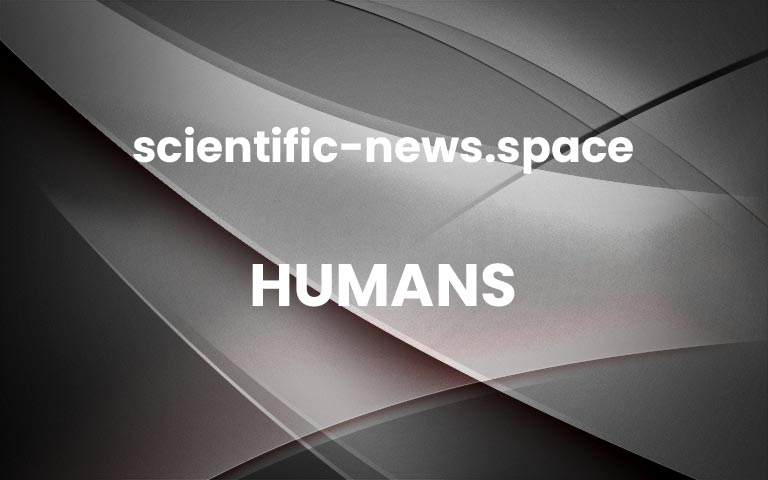The remains of fish teeth at an archaeological site in Israel appear to have been cooked with controlled heat rather than directly exposed to fire
Humans
14 November 2022
By Christa Lesté-Lasserre
Illustration of hominins cooking fishElla Maru / University of Tel Aviv
Microscopic changes in the enamel of ancient fish teeth indicate that humans may have been cooking fish in an earthen oven at least 780,000 years ago.
The findings provide the earliest evidence of actual cooking, as opposed to just throwing meat and bones into a fire, says Irit Zohar at the Steinhardt Museum of Natural History in Tel Aviv, Israel.
“We’ve developed a methodology that allows us to identify cooking in relatively low temperatures, as opposed to burning,” she says. “You cannot immediately correlate the control of fire with cooking unless you show that the food has been cooked.”Advertisement
Researchers have previously suggested that humans were cooking meat 1.5 million years ago, based on the discovery of charred animal remains. But that doesn’t necessarily mean people were heating food before eating it, says Zohar.
“Evidence of charred material doesn’t mean cooking,” she says. “It just means the food was thrown into the fire.”
Zohar and her colleagues studied a 780,000-year-old settlement in Gesher Benot Ya’aqov in Israel’s northern Jordan river valley. No human remains have been found there, but based on its age and the stone tools at the site, the inhabitants are most likely to have been Homo erectus.
The researchers noticed clumps of fish teeth – but no bones – around areas where hearths once burned. Most of the teeth belonged to two species of fish known for their nutritional value and good taste – the Jordan himri (Carasobarbus canis) and the Jordan barbel (Luciobarbus longiceps). So they wondered if the fish had been cooked at low heat, which would have made the bones softer and prone to disintegration while preserving the teeth.
To test their idea, Zohar and her team adapted a technique from human forensic investigations in which X-ray diffraction reveals the sizes of crystals in tooth enamel, which vary according to temperature.
The researchers carried out cooking and burning experiments on readily available black carp (Mylopharyngodon piceus), heating them at different temperatures up to 900°C (1650°F), and then examined the resulting crystal sizes in the tooth enamel. They also looked at crystal sizes in three fossilised teeth from 3.15-to-4.5 million-year-old Jordan barbel, which had probably never been exposed to high heat.
Zohar and her colleagues then collected 30 fish teeth from among the tens of thousands available at Gesher Benot Ya’aqov and compared their enamel structures with those of the previously tested teeth.
They found that the fish teeth from the human settlement had enamel structure patterns indicating that they had been exposed to temperatures of 200°C to 500°C (390°F to 930°F) and hadn’t been directly exposed to the fire. Combined with there being nearly no fish bones nearby and the teeth being discovered near a controlled fire source, the findings suggest that the fish were probably cooked whole, perhaps in an earthen oven, says Zohar.
Notably, the results reveal that humans weren’t just eating fish raw and throwing the heads into the fire, because the tooth enamel would have shown exposure to much higher temperatures, she says.
“Each parameter in itself doesn’t mean cooking, but each one fits together like a puzzle so that we can say, ‘OK, now we see that it’s correlated to cooking’,” says Zohar.
Fish are more nutritious, easier to digest and safer to eat when cooked, says Zohar. The fact that these populations were cooking their fish provides evidence of their advanced cognitive abilities, which were perhaps greater than many scientists have previously believed. “If they already knew how to control fire, then it’s just logical that they would use it for cooking,” she says.
Journal reference: Nature Ecology & Evolution, DOI: 10.1038/s41559-022-01910-z
Sign up to Our Human Story, a free monthly newsletter on the revolution in archaeology and human evolution
More on these topics: More


